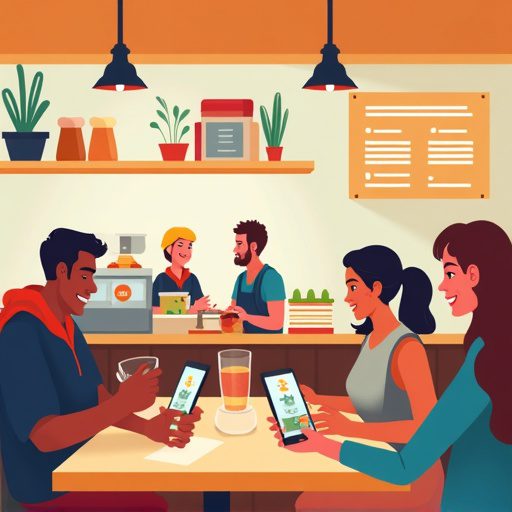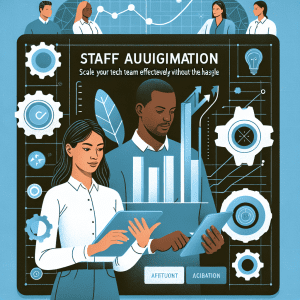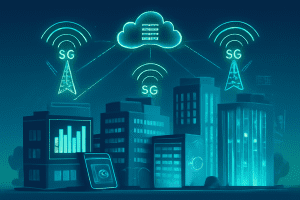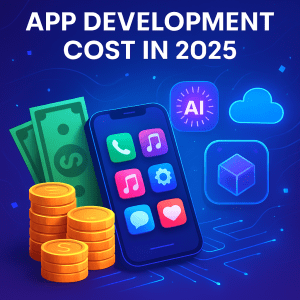Introduction
The restaurant industry has always been about more than just food. It’s about the experience, the connection, and the convenience customers feel when engaging with a brand. But in the digital-first world we live in, experiences are increasingly shaped by technology—especially by the mobile phone in every customer’s hand.
In the last decade, mobile apps have transformed industries across the globe, and the restaurant business is no exception. From ordering meals in just a few taps to building long-term loyalty through digital rewards, apps are no longer optional; they’re essential tools for growth, profitability, and customer satisfaction.

According to Statista, the global online food delivery market is expected to surpass $466 billion by 2027, with mobile applications being the primary driver. Customers today expect their favorite restaurants to not just serve good food but also provide digital convenience, personalization, and engagement.
This is why restaurants—from small cafés and food trucks to large chains like McDonald’s and Domino’s—are turning to mobile apps. They know that apps are no longer just about orders; they’re about loyalty, branding, and customer retention.
In this blog, we’ll take a deep dive into why restaurants can’t afford to ignore mobile apps anymore, exploring the journey from orders to loyalty.
The Evolution of Customer Expectations in Dining
Old vs. New Dining Experience
Not too long ago, the restaurant experience revolved around:
-
Walking into a restaurant and browsing a paper menu.
-
Calling on the phone to book reservations.
-
Waiting in long queues during peak hours.
But today, things have changed. Customers demand:
-
Digital menus available online.
-
App-based reservations that save time.
-
Instant ordering & contactless payments.
-
Personalized recommendations based on their preferences.
This shift is largely driven by mobile technology. Apps like Zomato, Swiggy, Uber Eats, and DoorDash have set the standard, and customers now expect the same level of digital ease from individual restaurants too.
Why Mobile Apps Are a Game-Changer for Restaurants
Mobile apps impact restaurants on multiple levels—operations, customer experience, marketing, and revenue. Let’s break down the biggest advantages.
1. Convenience and Seamless Ordering
A restaurant app eliminates friction from the ordering process:
-
Customers browse the menu at their own pace.
-
They can customize meals (extra cheese, less spice, gluten-free, etc.).
-
One-click reordering makes regular customers happy.
-
Digital payment options ensure smooth checkouts.
Example: Starbucks’ app allows customers to order ahead and skip the line. This feature alone transformed their customer experience and now accounts for a huge chunk of their revenue.
2. Direct Revenue Growth
Third-party delivery platforms charge 15–30% commission per order. Restaurants with their own app:
-
Keep more profit.
-
Control their pricing strategies.
-
Run exclusive in-app promotions.
Case in Point: Domino’s Pizza focused heavily on its own app. Today, 70% of its U.S. sales come through digital channels, making it a leader in the space.
3. Building Customer Loyalty
This is where apps truly shine. A restaurant’s own app allows for:
-
Loyalty rewards programs (points, discounts, freebies).
-
Push notifications to keep customers engaged.
-
Personalized deals based on customer history.
-
Gamification (e.g., earn a free drink after 5 visits).
McDonald’s App Success: The McDonald’s app became globally popular due to personalized offers and digital loyalty points, which kept customers coming back.
4. Data-Driven Decision Making
Mobile apps provide valuable insights into:
-
Most popular dishes.
-
Peak ordering times.
-
Customer demographics.
-
Spending patterns.
Restaurants can then use predictive analytics (read more on Predictive Analytics Software Development) to create personalized marketing strategies and improve menu offerings.
5. Brand Presence and Marketing
Unlike third-party apps where your brand is hidden among competitors, your own mobile app is a dedicated space for your restaurant.
Benefits:
-
Stronger brand recall (every time a customer sees your app icon).
-
Push notifications for promotions.
-
Integrated social sharing features.
In a way, a mobile app becomes your direct marketing channel.
Must-Have Features of a Restaurant Mobile App
If you’re considering investing in a mobile app, here are the essential features:
-
User-Friendly Interface
-
Digital Menu with Images & Descriptions
-
Table Reservations
-
Online Ordering & Payments
-
Loyalty & Rewards System
-
Push Notifications
-
Real-Time Order Tracking
-
Customer Feedback & Ratings
-
Multi-language & Multi-currency Support
-
Integration with POS & CRM systems
For development choices, restaurants often debate React Native vs Swift—you can explore more here: React Native vs Swift Guide.
Challenges in Restaurant App Adoption (and Solutions)
-
High Development Costs
-
Solution: Use cross-platform frameworks or partner with affordable service providers (Mobile App Development Services).
-
-
Customer Reluctance to Download Yet Another App
-
Solution: Offer exclusive deals only available via the app.
-
-
Operational Integration Issues
-
Solution: Ensure POS, CRM, and delivery systems are smoothly integrated.
-
The Future of Restaurant Mobile Apps
Restaurant apps are not stopping at just ordering and loyalty. The future includes:
-
AI-driven recommendations (based on order history).
-
AR menus (customers can see 3D food previews).
-
Voice ordering via AI chatbots.
-
Predictive demand analytics for better inventory management.
Digital transformation is happening across industries (check out this Technology Impact on Education Guide), and restaurants are at the forefront too.
Beyond Restaurants: Industry-Wide Impact
Mobile apps aren’t just revolutionizing restaurants. They’re impacting multiple sectors—healthcare, education, retail, logistics, and more. You can explore other industry insights here.
Conclusion
The journey from orders to loyalty highlights one undeniable fact:
Restaurants can no longer ignore mobile apps.
Whether you want to increase convenience, grow your revenue, or build lasting loyalty, a mobile app is one of the smartest investments you can make.
Big brands like Domino’s, Starbucks, and McDonald’s have already proven this. Now, even local cafés and mid-sized restaurants are joining the digital revolution.
If you’re ready to future-proof your restaurant business, investing in a mobile app is the first step toward long-term success in the digital age.











